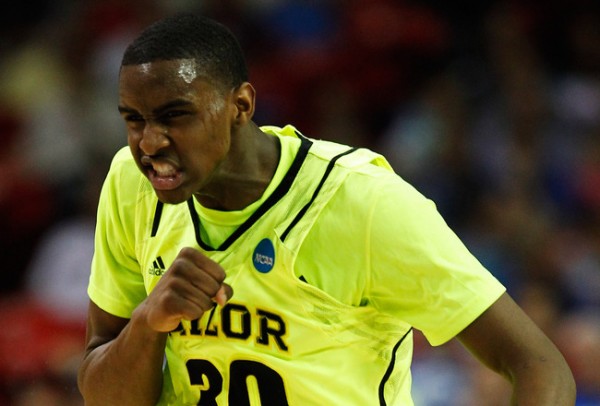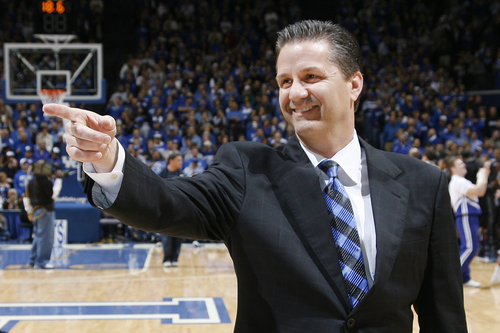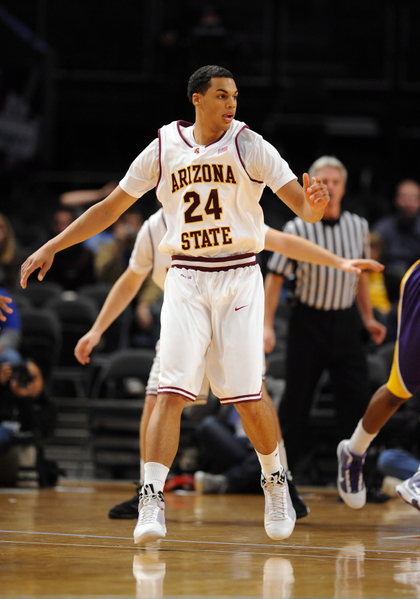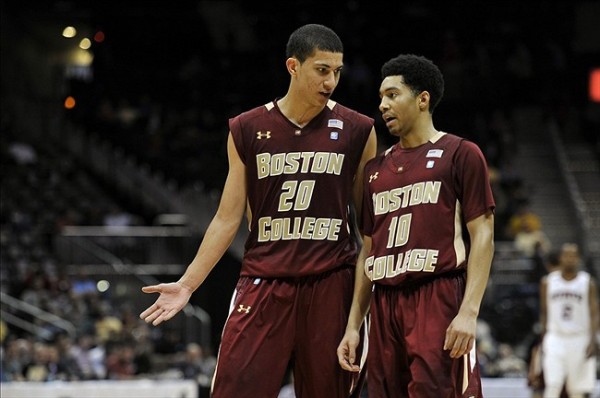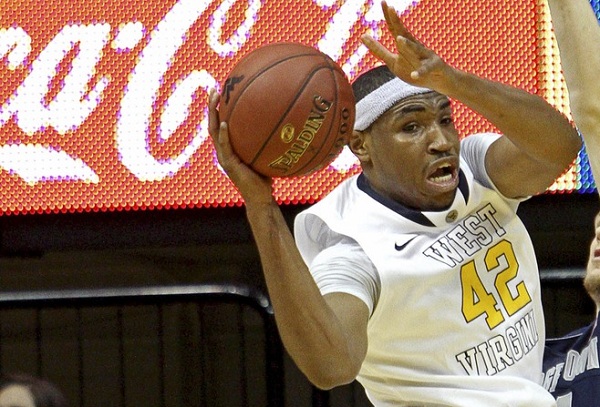Arizona State Week: Running Down the Returnees
Posted by AMurawa on June 12th, 2012Five different players who earned significant playing time in 2011-12 return for Arizona State. While the two players that averaged more than 13 points per game (Keala King and Trent Lockett) are not among them, the Sun Devils return a solid foundation upon which to build their 2012-13 campaign. Below we’ll take a look at those five players, in order of last season’s scoring average.
- Carrick Felix, Senior, Wing (10.5 PPG, 4.0 RPG) – Felix was a bastion of consistency in one area last season: Of the 29 games that he played in, he played 30+ minutes in 21 of them. Aside from that, however, Felix was up and down most of the year. He certainly had his moments in scoring over 20 four different times, but also had four games in particular where he was borderline invisible, scoring two or fewer points in losses to Fresno State, UCLA, Stanford and Colorado. Still, Felix’s second season in Tempe was a clear improvement over his first. His minutes more than doubled, his efficiency numbers went up a bit, his jumper showed significant improvement, and he showed an ability to influence a game defensively without fouling. All indications are that his senior season could be even better. According to teammate Jordan Bachynski, “He was good last year, but he’s even better now – more athletic, better shot, just an all-around better player.” Throw in the fact that Felix is the type of open-floor athlete who could really stand to benefit from a playmaking point guard like Jahii Carson and he could be an impact player on the wing for the Sun Devils.

The Addition of Point Guard Jahii Carson Could Help Carrick Felix Continue His Career's Upward Trend (US Presswire)
- Jonathan Gilling, Sophomore, Small Forward (7.1 PPG, 1.7 APG, 41.1 3P%) – Gilling’s first season in the desert did not exactly get out to a booming start, as he scored just 12 points in ASU’s first eight games. In his first nine games, he averaged just nine minutes per contest but once the calendar turned and conference play came around, he stepped into a much bigger role, averaging nine points per game the rest of the way. The highlight was 21 points on five-of-six shooting from three in a 87-80 victory over Arizona that was without question the apex of a relatively dismal year. All told, Gilling wound up as the most efficient offensive player on the Sun Devils, in large part due to his dead-eye from deep, but his offensive skills go beyond just the three-ball. “He really is versatile,” said head coach Herb Sendek. “Not only is he a great shooter, but I really love the way he passes. He has a tremendous feel for the game and really makes his teammates better with his playmaking ability.” With a year of experience under his belt, and hopefully sometime in the weight room, the young Dane should be ready to have an even bigger impact as a sophomore.






























